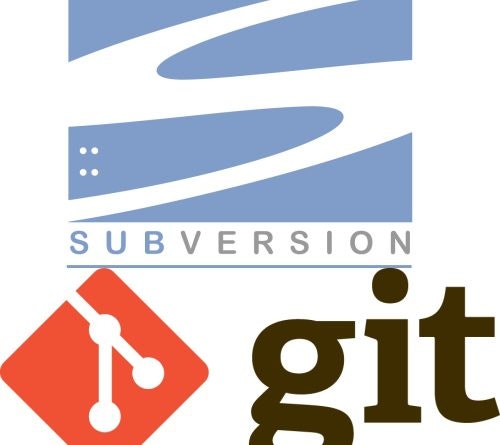
Version control systems are essential collaboration tools for software development teams. While many teams have traditionally used SVN (Subversion), Git has recently become the standard. Although both systems manage code changes, Git has gained popularity faster for good reasons. In this post, we’ll explore three key reasons why you should switch from SVN to Git.
1. Distributed Version Control (DVCS): Work from Anywhere
SVN is a Centralized Version Control System (CVCS). All code and version histories are stored on a central server, and developers need a connection to this server to work effectively. In contrast, Git is a Distributed Version Control System (DVCS), meaning each developer’s local repository contains the full project history.
Benefits of Git:
• Work Offline: Developers can use Git commands (e.g., commit, branch creation) locally without an internet connection.
• Resilience to Central Server Issues: Even if the central server fails, the complete history stored locally allows for easy recovery.
Drawbacks of SVN:
• Work Halts if the Server Goes Down: Commit and history access depend on the server.
• Poor Performance in Unstable Network Conditions: Remote access requirements reduce productivity when the internet is unreliable.
2. Powerful Branching and Merging: Efficient Collaboration
Using branches in SVN can be complicated and cumbersome. Managing conflicts during merges can be challenging, making collaboration difficult. In contrast, Git offers branching as a core feature, with quick and easy branch creation and deletion. This allows developers to work safely on features or bug fixes in separate branches.
Advantages of Git’s Branching and Merging:
• Lightweight Branches: Creating branches in Git is fast and simple.
• Parallel Development: Team members can work independently on different branches, resolving conflicts smoothly through rebase or merge.
• Collaborate via Pull Requests: Code reviews before merging improve code quality.
Limitations of SVN:
• Heavy Branches: SVN’s branches work similarly to copies, making them slow and cumbersome.
• Frequent Merge Conflicts: Managing conflicts can be tedious.
3. Faster Performance and Flexible Workflow: Ideal for Large Projects
Git is significantly faster than SVN. Since most operations (e.g., commits, log checks, branch switching) happen locally, they aren’t affected by network latency. Git also supports various workflows, enabling teams to adapt their development processes flexibly.
Benefits of Git’s Speed and Workflow:
• Instant Local Operations: Commits, branch changes, and log views happen quickly without network dependency.
• Flexible Workflow Support: Git supports workflows like Git Flow, GitHub Flow, and GitLab Flow to suit different team processes.
• Essential for Large Open-Source Projects: Git handles even massive projects like the Linux kernel efficiently.
Drawbacks of SVN:
• Dependency on the Central Server: This can slow down large projects.
• Limited Workflow Flexibility: SVN’s rigid structure makes scaling and growth challenging.
Conclusion: Why You Should Choose Git
While SVN was once a widely used version control system, evolving collaboration practices and increasing project complexity make Git the more suitable tool today. Offline work, easy branching, and fast performance are powerful reasons to choose Git.
Git is now the go-to tool for effective collaboration across organizations, from startups to large enterprises. Are you ready to transition from SVN to Git? A smooth switch and quick adaptation will maximize your team’s productivity.
Unlock the full potential of Git to transform your team’s code management! 🚀
If you want to learn Git systematically, check out this course.


Leave a Reply